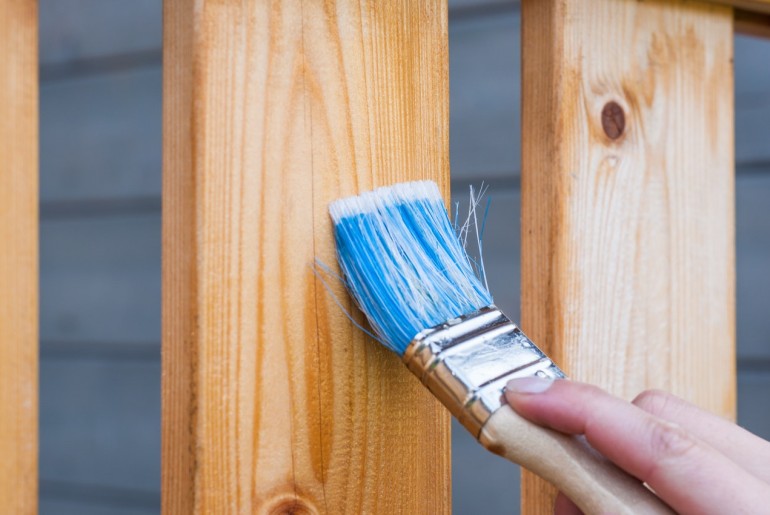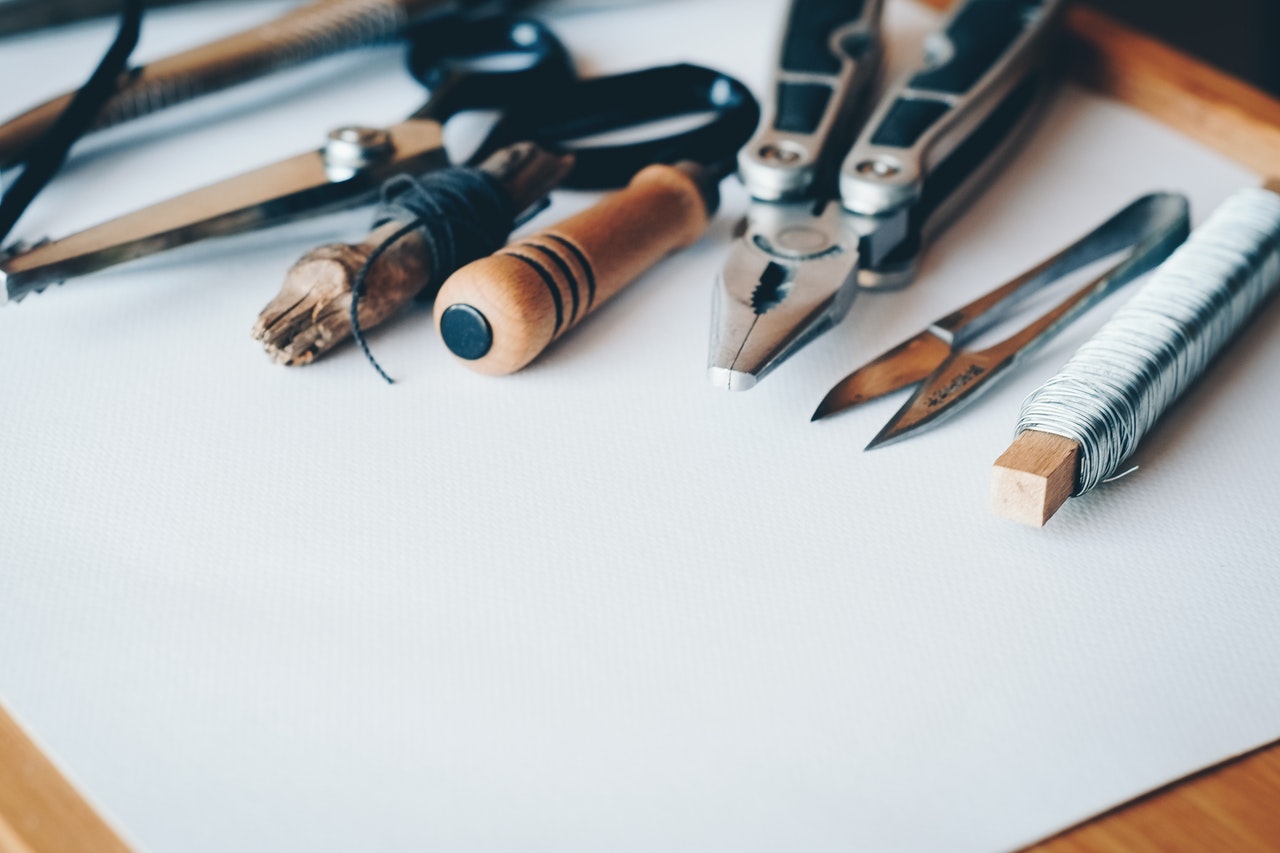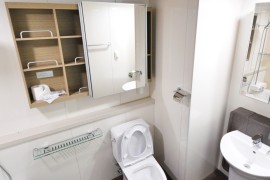A handyman can be expensive to hire and often not available when we need them. The cost can be prohibitive to have even minor work done. Having the skills to maintain your home is quite valuable when you consider what it might cost to hire a professional. Many home repairs and upgrades can be done correctly and competently by the average homeowner with a little knowledge. You don’t have to break the bank to fix a few things around the house.
Taking on the challenge of performing DIY work on your home can be intimidating for some people but take confidence in knowing that there are many resources available. With some patience and attention to detail, professional results can be achieved.
Clearing a Clogged Kitchen Sink Drain
One of the cheapest and easiest methods of removing clogs is to pour boiling hot water down the drain. Clear any standing water out of the sink before attempting this to maximize the chance of success. Another at-home remedy is to use baking soda and vinegar to attempt to break up the blockage. Clear the water from the sink and allow to drain as much as possible. Pour baking soda and vinegar down the pipe and press the stopper in for 10 to 15 minutes. Rinse with hot water to see if the blockage has cleared.
If your sink allows access underneath you may be able to clear the P trap by hand. Start by removing as much standing water as possible from the sink. Place a bucket under the trap to catch water that will fall through when the trap is removed. Unscrew the P trap and clear any blockage. Before reinstalling the P trap, be sure to clean thoroughly or the risk of recurring blockage is much higher.
A clogged kitchen sink can be taken care of using several methods. Theplumbinginfo.com has a lot of great resources for the DIY homeowner.
Replacing a Light Switch
A faulty light switch can be dangerous in some cases, or just plain ugly to look at. Fear of electricity is enough to turn most people off from attempting this simple repair. Switching off the correct breaker should eliminate any risk posed by working on a switch in a home. A flat head screwdriver is usually the only tool required (unless your faceplate has Philips head screws).
Two screws hold the switch in place that once removed will allow access to the screw terminals. In most cases, your white wire will connect to the silver screw on the new switch. The black wire will connect to the brass screw. And finally, your green or bare wire will connect to the green terminal. Secure the new switch in place and finish by securing the faceplate.
Fixing Leaky Pipe Joints
Leaky joints can lead to water damage that will definitely require the help of a professional. To avoid damage, this requires immediate attention. Always shut off the water supply to any joints being worked on. Many times, a leaking joint can be fixed with some thread pipe tape. Thread tape is a staple of many toolboxes and is very cheap. Apply tape judiciously, with three to five wraps being a good place to start. Tighten your joint back securely and test for leaks.
There are many things that you can do around the house to improve your living space and keep your home in good, sound condition. Proper maintenance can save you loads of money down the road, so don’t put off those repairs when you can do them yourself!











Comments are closed.